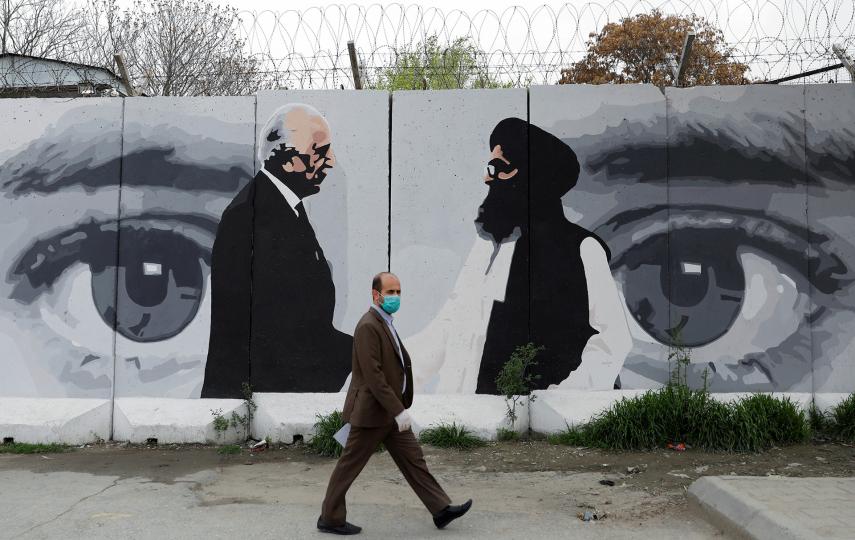On 2 November, gunmen stormed the northern gates of Kabul University and opened fire at random on students and teachers. At least 32 people lost their lives that day, as heartbreaking images of blood-stained textbooks were shared on social media.
Little more than a week later, the university resumed classes. One student interviewed in the attack’s aftermath pledged to return to his studies, “again and again”, despite the terrorism threats.
Stories like these reveal the incredible resilience of war-weary Afghans, and why their country needs the world’s support more than ever. Next week, on 23-24 November, donor states and Afghan officials will gather online and in Geneva for a major pledging conference that will determine much of Afghanistan’s financial future. This is an opportunity for the international community to show the Afghan people that they are not forgotten.
Needs in Afghanistan have never been higher. Violence has spiked alarmingly, with the conflict claiming more than 10,000 civilian deaths or injuries last year. More than 14 million Afghans, close to 40 percent of the population, need some form of humanitarian aid this year. Some 13 million will face crisis or emergency levels of food insecurity in the coming winter months. The COVID-19 pandemic has further decimated an already weak economy, fuelling unemployment and poverty.
The conference occurs every four years – donors pledged more than $15.2 billion at the last event in Brussels in 2016. While the government in Kabul has increased its tax revenues since then, three quarters of the state budget is still propped up by foreign aid. By some estimates, Afghanistan needs $5 billion in donor money every year simply for its institutions not to collapse.
Ongoing peace talks with the Taliban do offer cautious hope for a political end to the decades-long war. But whatever their outcome, it is clear that Afghanistan will remain hugely aid-dependent for the foreseeable future.
Worryingly, many governments have signalled that donations to Afghanistan could shrink dramatically this year. Diplomats have warned, both privately and through the media, that Afghanistan should expect less aid, in part because of the global financial crunch caused by the pandemic.
Sadly, this fits a wider trend of “Afghanistan fatigue” among donors, as the country has fallen down the global news and policy agenda. Needs have risen, but aid levels haven’t kept pace. Total funding for the UN’s annual humanitarian aid appeal in Afghanistan has gone from 87.5 percent in 2016 to 76 percent in 2019. This year, it stood at less than 45 percent as of November – though this gap is also driven by a near-doubling in humanitarian funding needs.
Many governments have signalled that donations to Afghanistan could shrink dramatically this year.
Vastly reduced aid to Afghanistan would be a disaster. It would badly affect ordinary people’s lives across the country, threaten to reduce fragile gains made since 2001, and undermine the state’s authority in peace talks with the Taliban.
There is certainly much valid criticism of the international intervention since 2001, and how the massive amounts of aid pouring into the country have been spent. But there are also many real benefits. Afghans today live generally longer and healthier lives. Millions more children – girls in particular – attend schools and universities. Women are increasingly represented in all aspects of public life.
Donors should use the conference to renew support to Afghanistan to at least the same levels pledged in 2016. States must give generously to those areas that matter the most to people’s lives, including access to quality education, healthcare, and food. At the same time, the Afghan government should agree to clear and realistic benchmarks for the support that put a particular emphasis on respecting the human rights of the most vulnerable.
It is also crucial that civil society groups are not left out of the equation. NGOs – both Afghan and international – continue to provide vital services across the country, often plugging the aid gap in dangerous and remote areas. Donors and the Afghan government must ensure that civil society groups have a clearly defined role in the updated partnership framework that is expected to be signed next week.
The students who died in the attack on Kabul University only wanted to build better lives for themselves and their families. Next week, the international community has a chance to offer support to a country that desperately needs it. It is an opportunity donor countries must take.






